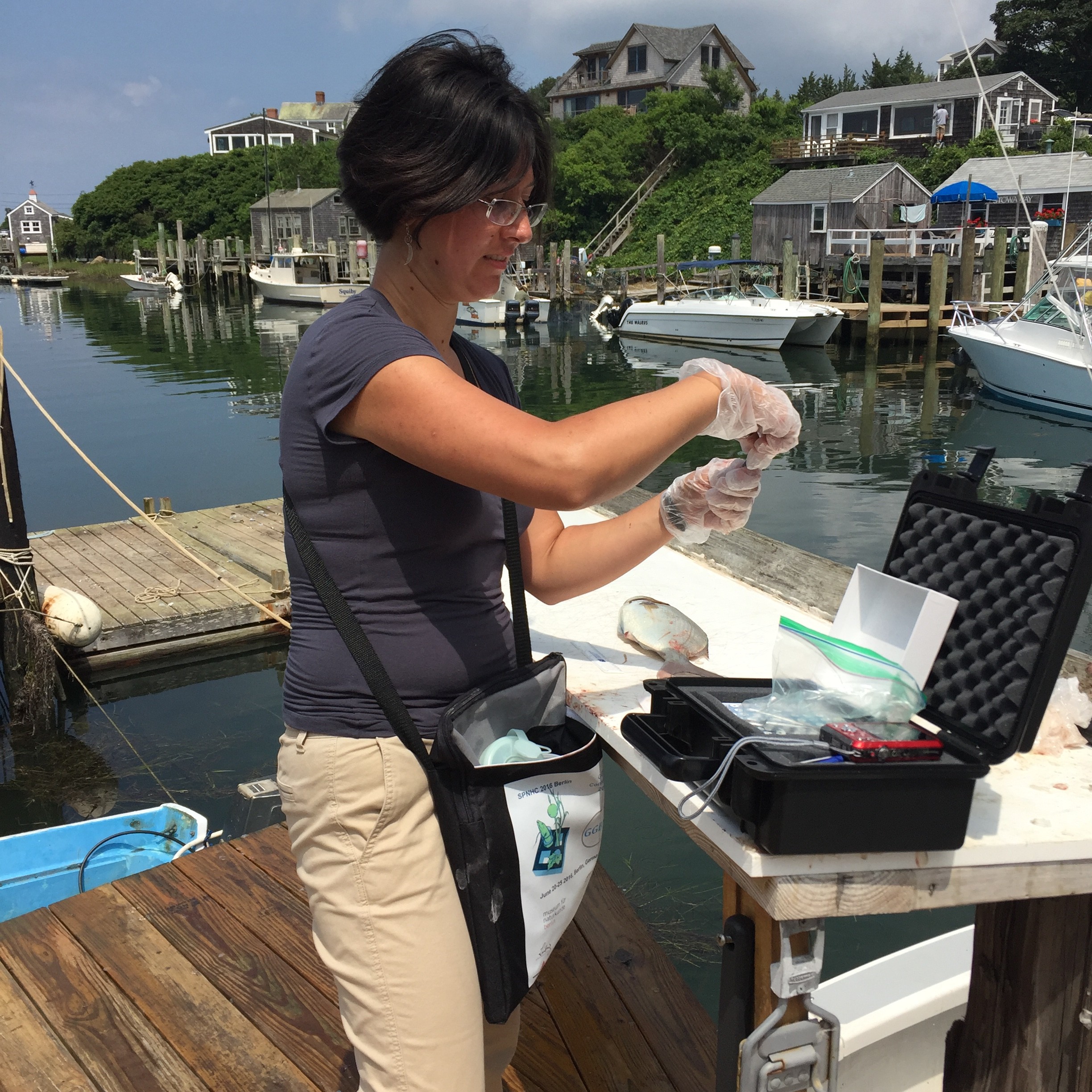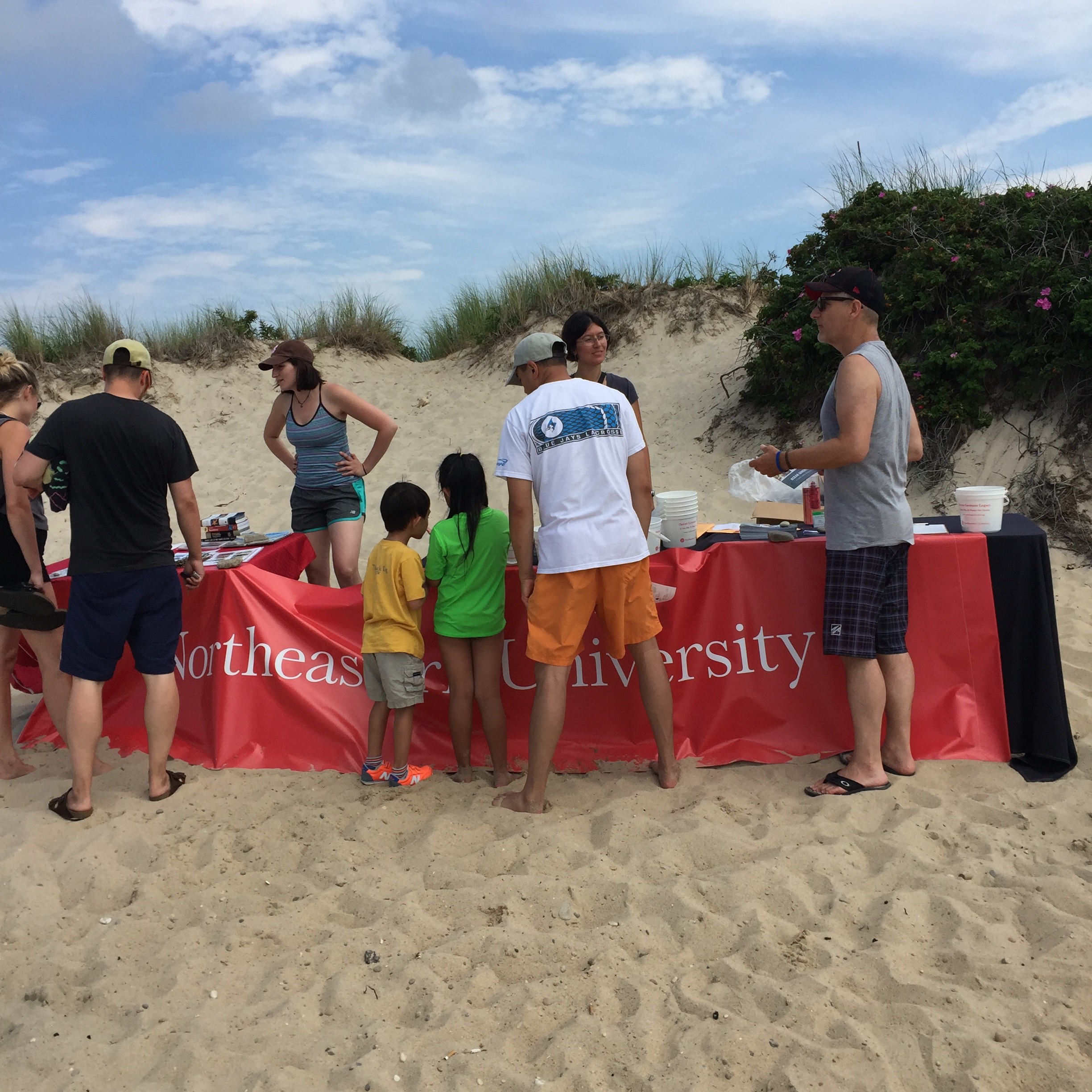Crabs and mussels and seaweed, oh my! Dozens of citizen scientists collected these things to help with marine research Saturday at Menemsha Beach on Martha’s Vineyard.
Ocean Genome Legacy hosted a Bioblitz, which helps their scientists track precisely what marine life is living where. Ocean Genome Legacy is a nonprofit organization dedicated to creating a global biobank housing the DNA blueprints (genomes) of a broad cross-section of marine species. Its aim is to preserve and provide access to this global genomic legacy, and so to support understanding and protection of our planet’s greatest ecosystem.
Saturday’s Bioblitz’s participants went out with buckets and collected more than a dozen species that OGL staff then identified. Collected along the beach were common periwinkle, blue mussel, plate limpet, rock crab, green crab, Asian shore crab, hermit crab, acorn barnacles, knotted wrack, rockweed, sea lettuce, filamentous red algae, bryozoans, sheath tunicate, and comb jelly.
SEE MORE FROM THE MARTHA’S VINEYARD BIOBLITZ
OGL also had field guides and discovery stations where beach goers could look at animals like a comb jelly (ctenophore) under a microscope. They learned that ctenophores are gelatinous, transparent creatures use hair-like comb structures to swim through the water.

Charlotte Seid takes samples from local fish.
While OGL staff was on Martha’s Vineyard, they also had the opportunity to meet up with local fishing captains Gordon Thompson, MBA ’84 and President and CEO of Westnet,Inc., and Brian “Chip” Vanderhoop, the Harbormaster and Shellfish Constable of Aquinnah. The captains donated samples from six local fish species, which OGL Staff Scientist Charlotte Seid explains are either new or underrepresented in OGL’s collection. The catch included black sea bass, striped bass, smooth dogfish or sand shark, summer flounder, sea robin, and scup. Seid was able to take two small nicks from the sand shark’s fins for genetic samples; she then released the shark.
Back at the lab in Nahant, OGL Collections Associate Annie Evankow was able to extract top quality DNA from all of the samples due to their freshness. OGL archives this DNA, which supports projects by researchers around the world.
The next Biobiltz is in Nahant on Sunday, September 11. Register for it now.

